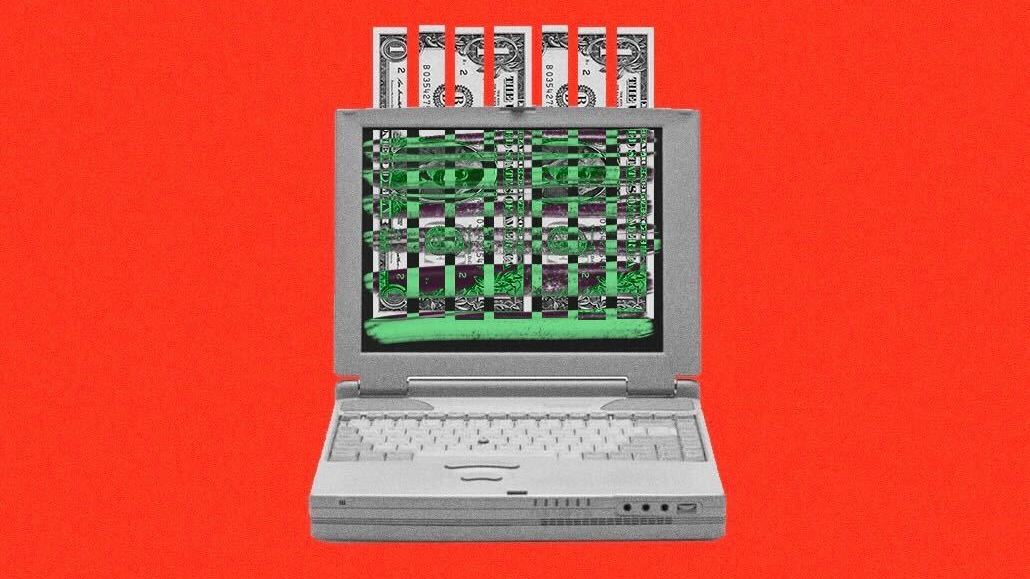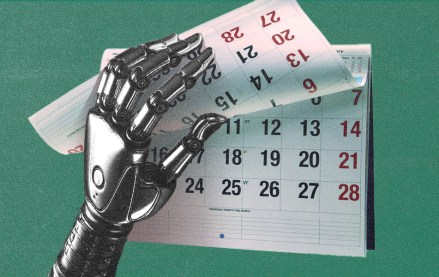Amazon’s pending price hike stirs debate among media owners

Amazon Advertising is arguably the rising star of adland, with its Amazon Publisher Services posing a realistic contender to market incumbent Google when it comes to the industry’s sell-side monetization options.
Although, an upcoming price increase for a service that helps media owners access APS’ lucrative buyer demand may have some weighing their options with the age-old quandary of “who should foot the bill?” — fueling debate among those affected.
In recent weeks, representatives of Amazon Publisher Services began contacting supply-side platforms, ad tech companies that connect publishers with advertisers, informing them of a pending increase for its Transparent Ad Marketplace (TAM). Amazon confirmed that the TAM bidding structure would change on May 1 in a statement provided to Digiday.
“Effective May 1, 2023, APS will implement a change to our TAM buyer fees,” according to an email attributed to APS that was also shared with Digiday by a publisher-side source, who declined to be named. “We are replacing the current $0.01 CPM fee on paid impressions with a 2.5% fee on net revenue delivered to publishers. There will be no change to auction mechanics as buyers are contractually required to submit net bids to Amazon.”
An Amazon spokesperson was unable to provide comment on record by press time. Albeit, multiple sources pointed out how the communiqué went on to assert “that it is against buyer contracts with APS to charge publishers post-auction.”
Per multiple sources, the wording of the above poses those on the sell-side of the industry with a dilemma, as SSPs have historically shouldered the CPM fee under the previous APS billing model. An intuitive reaction would be to pass such price increases along the supply chain with publishers (ultimately) footing the bill.
PreBid or TAM?
However, the above wording suggests such a move is out of bounds with the scenario, prompting a debate about what they should do next. One option would be to shift from Amazon’s TAM to PreBid, open-source software that can help publishers source demand from open independent SSPs without the fees often associated with Big Tech’s platforms.
Meanwhile, Matt Barash, svp, Americas, global publishing, at Index Exchange, told Digiday that his outlet would shoulder the increase in APS’ buyer fees during May. “In a tough economy, margin matters and so the alternative in PreBid becomes cost-effective for a publisher willing to make the integration, and recoup the investment over the long haul,” he added. “We’re going to pick up the tab for the first month to help buyers better understand their options.”
David Kohl, CEO of TrustX, a sell-side service for publishers, told Digiday that “sophisticated publishers” are likely to opt for supply paths whereby the industry’s notorious “tech tax” is minimized. However, separate sources told Digiday that migrating to a different platform will likely lead to a reduction in TAM-related revenue, as much of its demand comes from the Amazon DSP.
“Publishers now need to yield optimize and see if they could get the demand / budget via other sources. I believe mostly not,” added a separate source who requested anonymity due to their employer’s PR policy. “This means, that this is almost a mandatory fee unless advertisers will move out spend from Amazon DSP which means they loose access to Amazon Audience Targeting.”
Costs keep rising
Rob Beeler of publisher consulting service Beeler.Tech further told Digiday it will negatively impact publishers’ ability to optimize their programmatic setups. “Amazon or the SSPs have to solve [issues] so that publishers have accurate data about what the bids and the revenue they’re collecting [via TAM],” he added. “This is going to cause discrepancies, it’s murky.”
Chris Kane, CEO of consultancy service Jounce, characterized the latest developments as “a pretty clear movement of ad tech vendors to cut out other ad tech vendors,” but that publishers are still going to face an increase in their “ad tech tax” no matter what.
“It seems like publishers are unanimously saying, ‘Our effective ad tech fees are increasing, and we don’t really have any leverage to push back,'” he added.
More in Media

A timeline of the major deals between publishers and AI tech companies in 2025
Here’s a list of all the major deals signed between publishers and AI tech companies in 2025.

No playbook, just pressure: Publishers eye the rise of agentic browsers
For the bulk of publishers, Google is, as ever, the one to watch. It’s already got agentic features within its Chrome browser, but that’s the tip of the iceberg, some say.

The biggest SEO lessons in 2025 for publishers
KPIs are changing, more AI search data is becoming available, and publishers are looking beyond search to grow their audiences and revenue.









